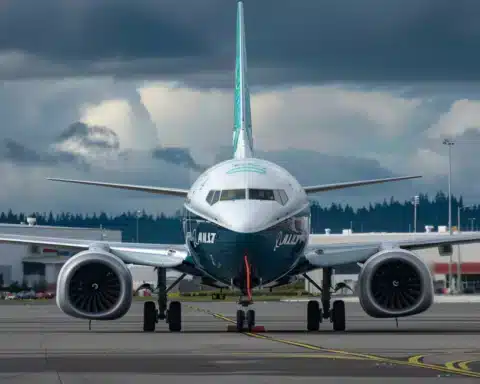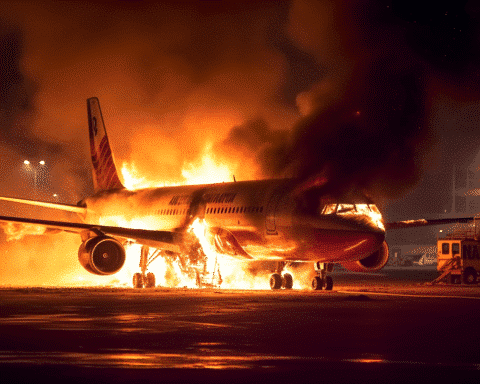Investigators are working tirelessly to uncover the cause behind a Jeju Air Boeing 737-800 catastrophic crash at Muan International Airport, South Korea. The crash, which tragically claimed 179 lives, marks the nation’s deadliest air disaster in decades.
A Popular Yet Reliable Aircraft
The Boeing 737-800, one of the world’s most widely used aircraft, has a strong safety record. With nearly 4,400 operational units, the model constitutes 17% of the global commercial jet fleet. Its reputation for reliability predates the controversial Boeing 737 Max, which was grounded for two years after two fatal crashes in 2018 and 2019.
Richard Aboulafia, managing director at AeroDynamic Advisory, remarked, “The idea that they’ll find a design flaw at this point is borderline inconceivable.” The 737-800 model’s longevity and safety record make design flaws an unlikely cause.
Questions Surround the Crash
The ill-fated Jeju Air flight had a 15-year-old aircraft previously used by Ryanair, which was delivered to Jeju Air in 2017. Despite its age, investigators focus on potential operational or external factors that could explain why the landing gear failed to deploy.
A theory involving a bird strike disabling the engines has been proposed. Jeff Guzzetti, a retired air safety investigator, explained, “If that happens at the altitude they were at, they may not have had time to do emergency checklists.” Guzzetti noted that if the aircraft had not hit a hard wall at the end of the runway, the crash might have been more survivable.
Emergency Measures and International Cooperation
South Korea’s acting President, Choi Sang-mok, ordered immediate inspections of all Boeing 737-800 aircraft operated in the country. Following international aviation protocols, South Korean authorities are leading the investigation, with support from the U.S. National Transportation Safety Board (NTSB), Boeing, and the Federal Aviation Administration (FAA).
The Road Ahead
Determining the precise cause of the crash could take over a year. The absence of deployed landing gear and potential mechanical failures remain critical investigation points. Meanwhile, families of the victims, along with the global aviation community, await answers to ensure that such a tragedy is not repeated.
In memory of the 179 lives lost, the aviation industry reaffirms its commitment to passenger safety.




